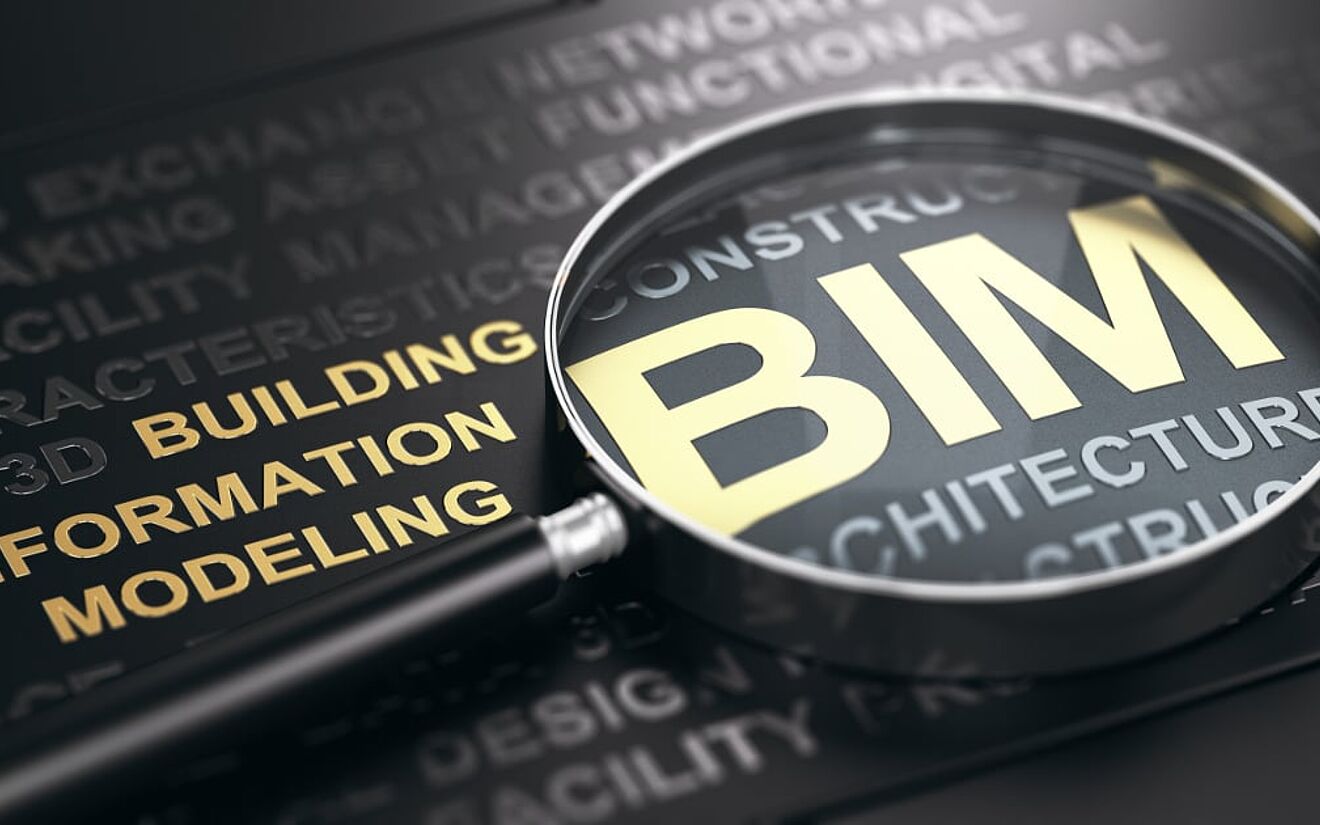The different dimensions of CAD – and, by extension, Building Information Modeling (BIM) – are something that many architects, engineers, and contractors are familiar with, at least to a certain extent. 5D BIM is one area that has been attracting increased interest from the BIM pioneers, but for many, it is not clear what 5D BIM is. When dimensions go beyond 2D CAD or 3D modeling, what does it mean? What do the other dimensions refer to, and what are the benefits of incorporating more dimensions? Here is a brief overview of the different dimensions used in CAD and BIM, and what you can expect from 5D BIM.
2D CAD
Everyone within the architecture, engineering, and construction (AEC) industry knows what 2D CAD is – the main deliverables of every project are made up of two-dimensional drawings that depict the proposed project from different angles and at in different levels of detail. A plane is defined and all information necessary to describe the building is projected on it. For floor planes, it is an XY-plane, while for sections and views the projection plan has a Z axis. In this case, the designer uses CAD as a digital, 2D drawing board and the viewer of the drawings has to interpret how the drawings relate to each other to imagine the building. The projection planes are usually planar but can be curved along an axis and planarized later too, especially in infrastructure. In BIM projects, 2D drawings still play an important role, especially when it comes to construction planning with a high level of geometrical detailing or communication on site.
3D Modeling
With 3D modeling, a third dimension is introduced. 3D geometry helps to describe the building explicitly and does not leave room for misinterpretation. When creating a detailed 3D model, there is no longer a need to individually draw sections or elevations as there is with 2D CAD, because these views can be extracted directly from the model. When drawn in 3D, the viewer can rotate the model and view it from any angle and even virtually walk through a house before it is built. Working in 3D is the first step towards the benefits that BIM offers.
3D BIM
BIM is a model-based working method. With BIM, 3D models are made into a precise building component by assigning a meaning to each object, such as object type (“wall”). The objects can further be described with additional information like the type of material or performance requirements. This creates an intelligent model which improves information management and communication in projects. BIM also enables reporting and analysis based on the information contained within the model, such as quantities or object parameters.
4D BIM
Depending on the application, the BIM model can be linked to various external data sources and services. With 4D BIM, time is added to the three spatial dimensions (X, Y, and Z) of components and assigned to activities according to a schedule. For example, manufacturing the foundation formwork would be one of the first activities linked to the model components and so its fourth dimension would occur early on in the construction schedule. By using time as the fourth dimension, the construction process can be visualized and progress against the building model can be measured. With this information, the construction process can be better planned, simulated and coordinated, even with many stakeholders involved.
5D BIM
The fifth dimension that can be linked to the BIM model is cost. Adding cost information to the model components allows a cost profile to be created for the project, which is useful for forecasting how much money will be required at each milestone. It can also be used as a basis for project management, to determine if the project is on track and enable corrective actions to be taken promptly.
The Benefits of BIM
Being able to deliver accurate time and cost management based on factual data using 4D and 5D BIM are just two of the many benefits of BIM. As BIM continues to develop, more and more services will also be linked to the models. However, instead of defining additional “dimensions,” experts today prefer to use the terms “use case” or “method” to prevent misunderstanding and support clear communication.




